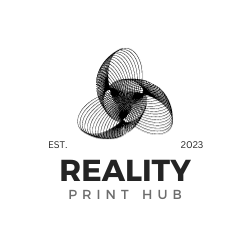Hairspray is a popular adhesive option for 3D printing enthusiasts. It is an affordable and easy-to-use solution that can help improve adhesion between the printing material and the print bed. However, with so many different hairspray options on the market, it can be challenging to determine which is best for 3D printing.
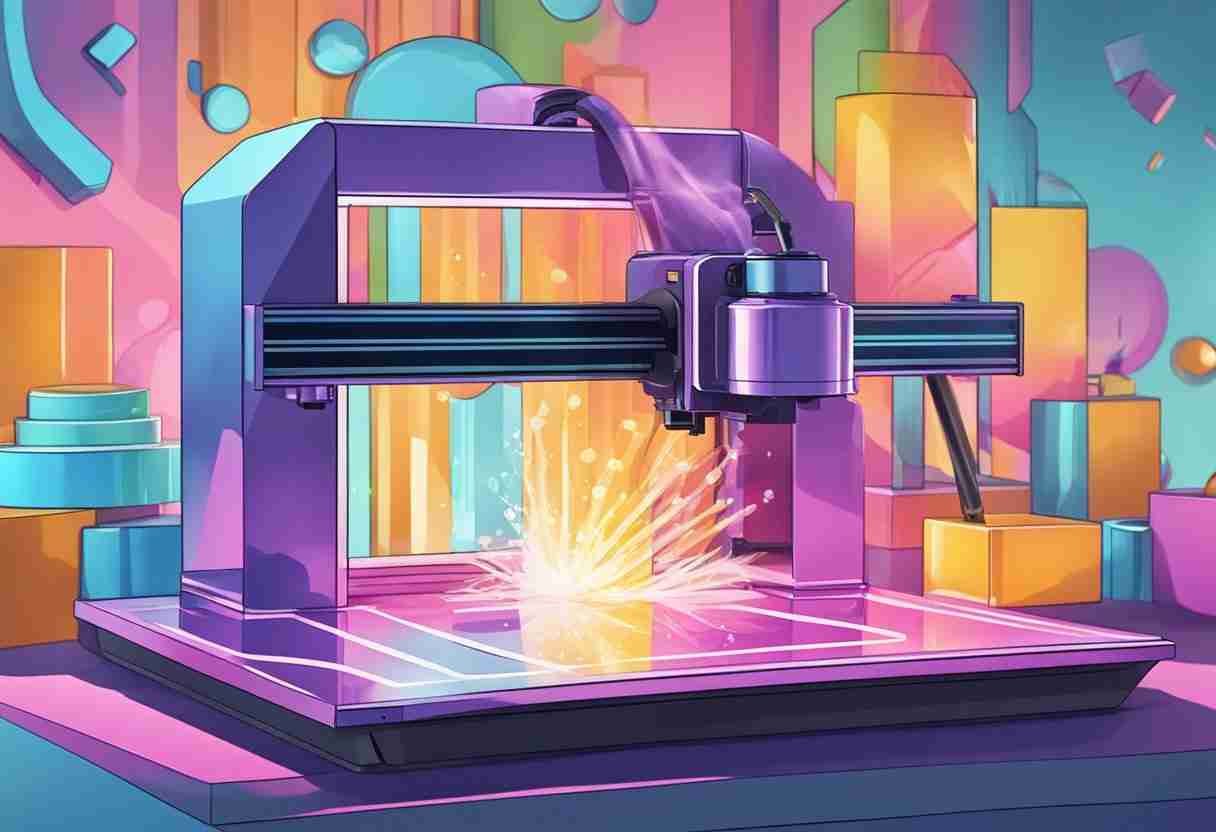
To help you choose the right hairspray for your 3D printing needs, this article will provide an overview of the best hairsprays for 3D printing. It will cover the key features to look for when selecting a hairspray, tips for application and usage, and a comparison of hairspray with other adhesives. Additionally, it will address common issues and solutions related to using hairspray for 3D printing.
Key Takeaways
- Choosing the right hairspray is crucial for achieving optimal adhesion between the printing material and the print bed.
- Proper application and usage techniques can improve the effectiveness of hairspray as a 3D printing adhesive.
- Hairspray is a cost-effective and easy-to-use option for 3D printing, but it is essential to know about common issues and solutions related to its use.
Understanding 3D Printing and Adhesion
3D printing is creating a three-dimensional object from a digital model. It involves the layer-by-layer deposition of material until the desired shape is achieved. One of the biggest challenges in 3D printing is achieving good bed adhesion, which is the ability of the printed object to stick to the print bed during the printing process. Poor bed adhesion can lead to printing problems such as warping, lifting, and shifting the printed object.
Printing adhesion problems are common with ABS, Nylon, and PETG materials. To achieve good bed adhesion, it is essential to have a clean and level print bed. However, some materials may still have poor adhesion, even with a clean and level print bed. This is where hairspray comes in as a solution to printing adhesion problems.
Hairspray is a popular solution to printing adhesion problems because it creates a sticky surface that helps the printed object stick to the print bed. Hairspray is easy to apply and can be used on various surfaces, including glass, aluminum, and even bare build plates. It is also affordable and readily available in most stores.
In addition to hairspray, other solutions to printing adhesion problems include using a heated print bed, a raft, or a brim and adjusting the printing temperature and speed. However, hairspray is often the go-to solution for many 3D printing enthusiasts because of its effectiveness and ease of use.
Why Hairspray for 3D Printing?
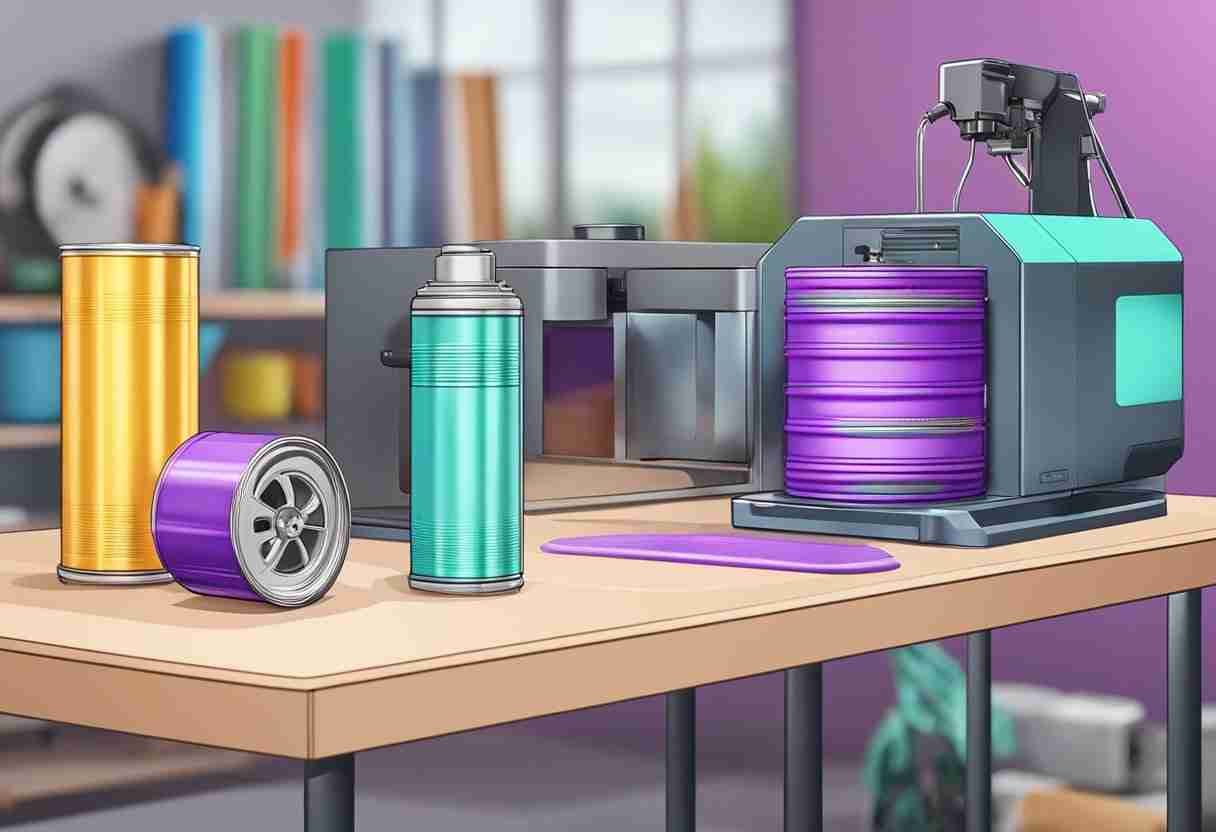
Hairspray is a popular and affordable solution for improving adhesion on 3D printer beds. Hairspray for 3D printing is a well-known and widely used technique that can help prevent warping and improve the overall quality of prints.
The best hairspray for 3D printing provides extra hold and is compatible with various materials. Aqua Net is a famous hairspray brand often recommended for 3D printing due to its excellent bonding and holding properties. It is also known for its high-temperature compatibility, making it suitable for use with a wide range of materials.
The use of hairspray for 3D printing is straightforward. After cleaning the print bed, the user can apply a light coating of hairspray to the surface. The hairspray should be applied evenly and allowed to dry for a few minutes before starting the print. This technique can help improve adhesion and prevent warping during the printing process.
It is important to note that not all hairsprays are suitable for 3D printing. When selecting a hairspray for 3D printing, choose one compatible with the materials used and provides extra hold. Some hairsprays may contain additives that can cause clogging or other issues during printing, so choose a hairspray designed explicitly for 3D printing.
Overall, using hairspray for 3D printing is a simple and effective technique that can help improve the quality of prints and prevent warping. Aqua Net is a popular choice for 3D printing due to its excellent bonding properties and high-temperature compatibility.
Choosing the Right Hairspray
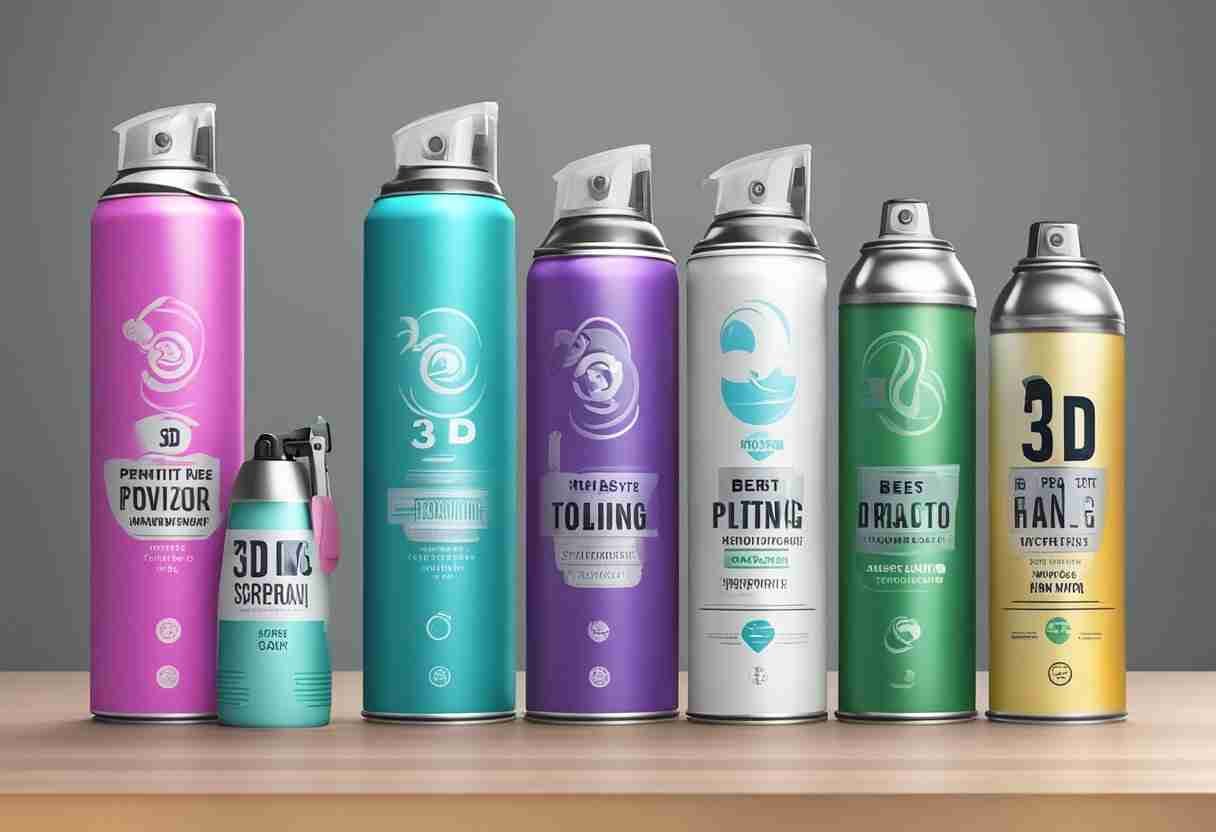
Choosing the right hairspray is crucial for achieving good adhesion and print quality when 3D printing. With so many options available in the market, it can be overwhelming to choose the best product. However, one can make the right choice by considering a few factors.
Firstly, choosing a hairspray compatible with the 3D printer's print bed material is a good idea. For example, a hairspray that works well on glass should be chosen if the print bed is made of glass. The 3DSourced guide recommends Aqua Net Extra Super Hold Unscented hairspray as the best overall choice for 3D printing, while Suave Max Hold (pack of 3) is excellent for 3D printing adhesion.
Secondly, choose a hairspray that has good adhesion properties. The hairspray should be able to hold the print firmly on the bed during printing. Rave 5X Freeze Hairspray is a good budget choice with excellent adhesive properties.
Lastly, one should choose a hairspray that is easy to apply and does not leave any residue on the print. FRAGFRE Hair Finishing Spray is a good choice for those who prefer an unscented hairspray that leaves no residue on the print.
In conclusion, choosing the right hairspray for 3D printing is crucial for achieving good adhesion and print quality. One can make the best choice by considering factors such as compatibility, adhesion properties, and ease of use.
Application and Usage Tips
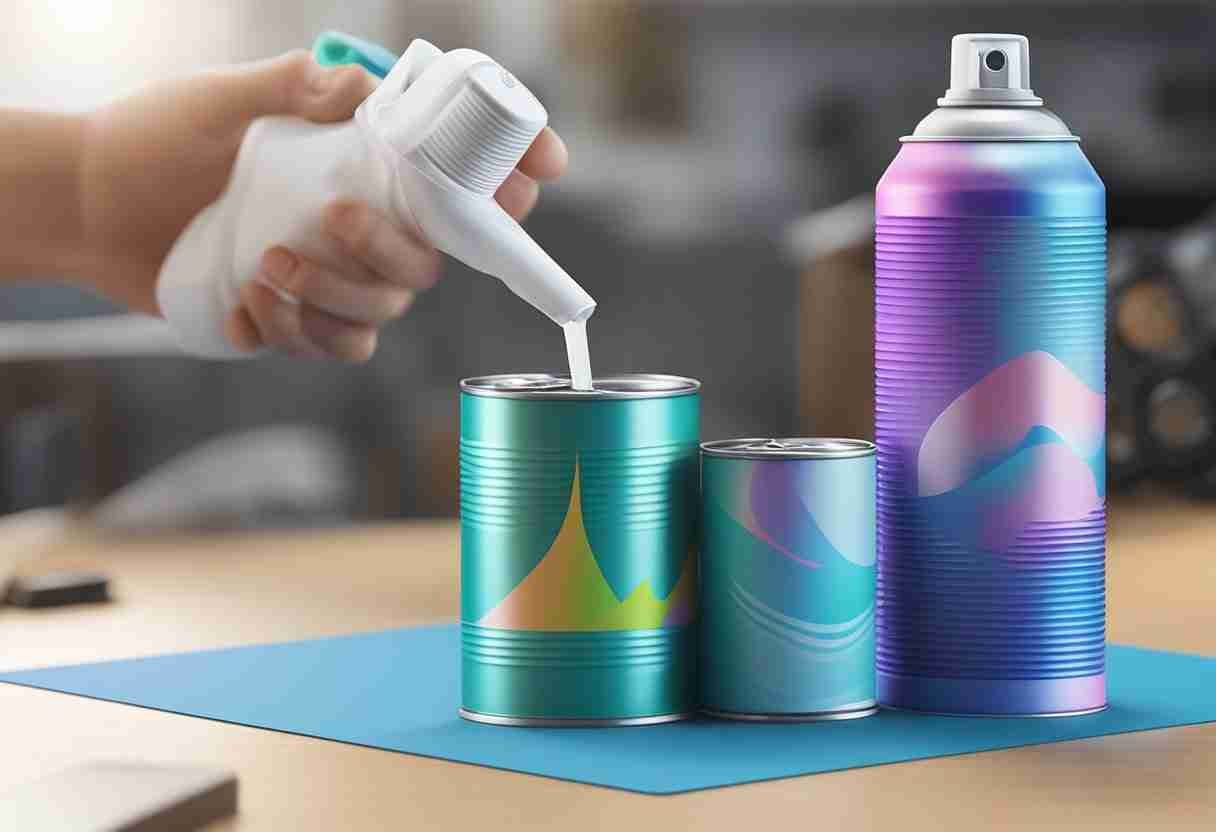
When using hairspray for 3D printing, apply it with care to ensure the best results. First, ensure that the print surface is clean and debris-free. A clean surface will provide a better surface for the hairspray to adhere to.
Next, apply a thin layer of hairspray to the print surface. A little bit goes a long way, so applying too much is unnecessary. If too much hairspray is applied, it can cause the print to stick too well to the print surface, making it difficult to remove.
After applying the hairspray, please wait a few seconds for it to dry before beginning the print. This will help ensure that the print adheres properly to the print surface.
When finished printing, allow the print surface to cool before attempting to remove the print. If the print is too intricate to remove, use hot water to loosen the hairspray. A paper towel can be used to wipe away any excess hairspray.
Hairspray is an easy and effective way to improve adhesion when 3D printing. Its ease of use makes it the easiest way to improve bed adhesion for beginners.
Comparing Hairspray with Other Adhesives
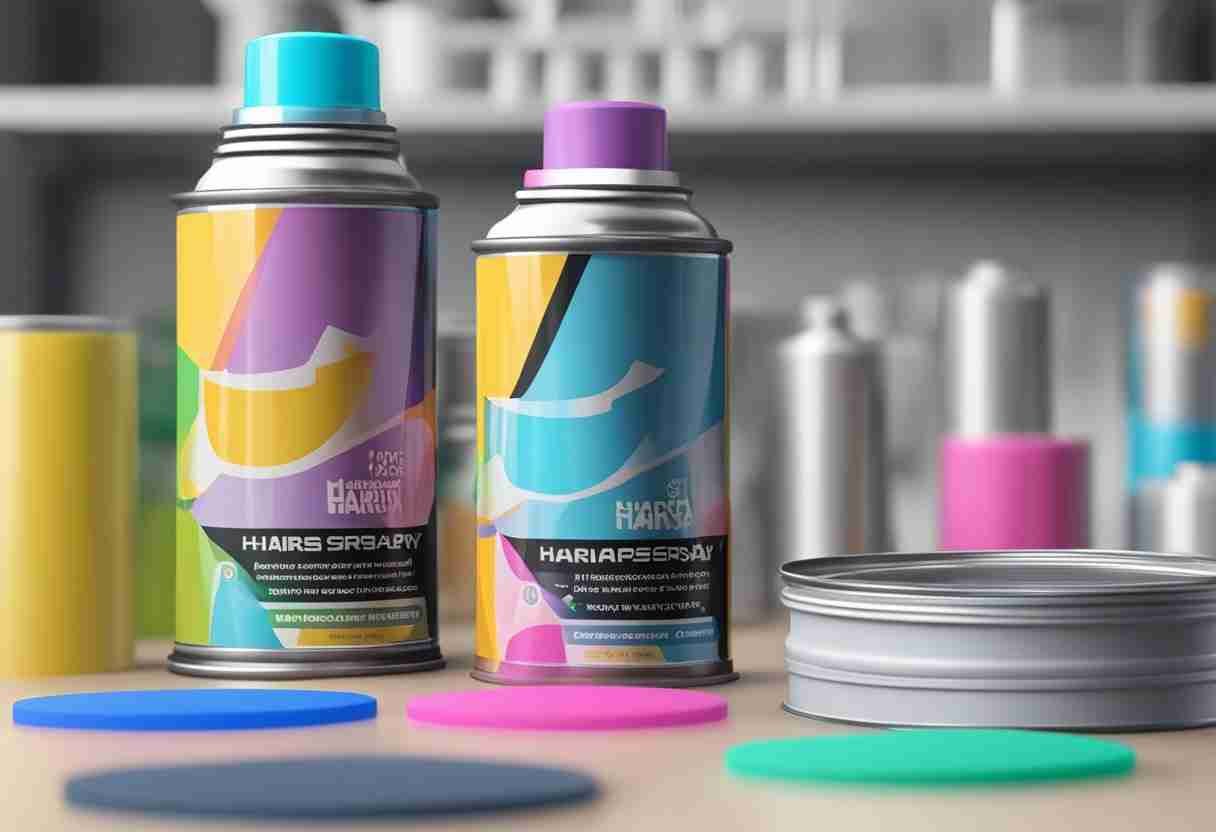
When it comes to 3D printing, adhesion is crucial to the success of a print. Several types of adhesives are available in the market, and choosing the right one can be tricky. Some popular adhesives include adhesive sprays, 3D printer adhesive glue, blue tape, 3D printer glue sticks, different glue sticks, painter's tape, and blue painter's tape.
Blue painter's tape is one of the most common adhesives used for 3D printing. It is affordable and easy to apply, but it can be time-consuming to replace after each print. Another popular option is adhesive sprays. These sprays are easy to apply and provide a strong bond, but they can be messy and complicated to clean up.
3D printer adhesive glue is another option that provides a solid bond to the print bed. However, removing the print from the bed can be challenging after printing. Similarly, glue sticks can be used as an adhesive for 3D printing, but they can leave a residue on the print bed and require frequent replacement.
Painter's tape is another adhesive option that is affordable and easy to apply. However, it can be challenging to remove the print from the tape without damaging the print. On the other hand, blue tape provides good adhesion and is easy to remove, but it can be expensive.
Overall, while many types of adhesives are available for 3D printing, hairspray is one of the most versatile and reliable options. It is easy to apply, provides a strong bond, and is easy to remove. Additionally, it is affordable and widely available, making it a popular choice among 3D printing enthusiasts.
Addressing Common Issues and Solutions
Regarding 3D printing, adhesion problems are among users' most common issues. Poor adhesion can lead to warping, lifting, and detached prints, ultimately resulting in a failed print. However, the good news is that there are several solutions to address these issues.
A hairspray is one of the most effective solutions to improve adhesion. Hairspray creates a thin adhesive layer on the build plate, ensuring better adhesion between the first layer of the print and the build surface. It is good to use unscented hairspray as it reduces the risk of any unwanted chemical reactions that could affect the print quality.
Another common issue is the use of the wrong type of hairspray. Not all hairsprays are created equal, and some may not work well with 3D printing. It is wise to choose a hairspray that is specifically designed for 3D printing.
The Paul Mitchell Finishing Spray, L'Oreal Paris Advanced Hairstyle, Suave Aqua Net Extra Super Hold Professional Hair Spray, Garnier Fructis Style Control Anti-Humidity Hairspray, and Suave Unscented Hairspray Extreme Hold are some of the best hairsprays for 3D printing available in the market.
In addition to using the correct type of hairspray, it is also essential to apply it correctly. One way to do this is to heat the bed before spraying the hairspray. This will help the hairspray to adhere better to the build surface. Once the hairspray is sprayed, removing the excess hairspray from the bed is recommended to avoid any clumps that could affect the print quality.
In conclusion, using the correct type of hairspray and applying it correctly can help address common adhesion problems in 3D printing. By following these simple steps, users can improve the success rate of their 3D prints and achieve better print quality.
